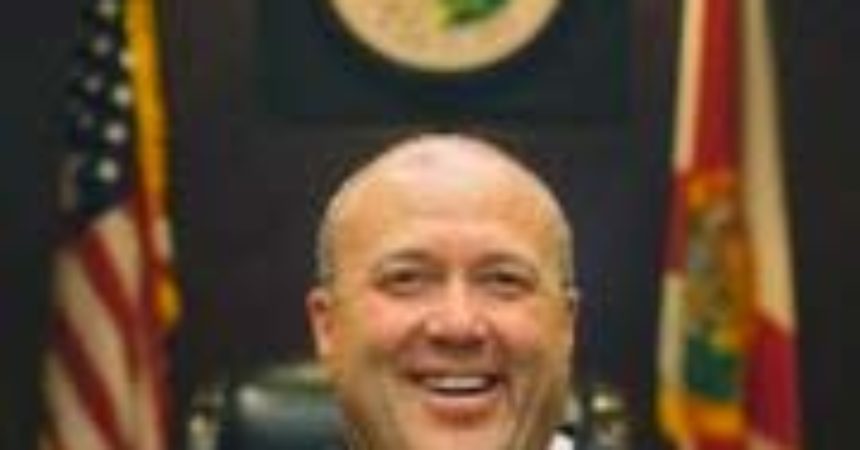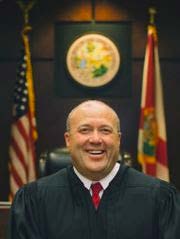
Two-sided pancakes
ASK JUDGE SMITH

By Layne Smith
Special to the Outlook
Q. Judge Smith, why do plaintiffs and prosecutors always go first at trial? That does not seem fair to defendants. Thank you, Maria.
A. Maria, before I answer your question, let’s cover some essentials. Plaintiffs sue defendants in civil lawsuits and prosecutors bring charges against defendants in criminal cases.
Although both sides take turns presenting opening statements, evidence and closing arguments, plaintiffs and prosecutors present their cases first because they bear the burden of proof. This is not a matter of preferential treatment, but rather to determine if they can meet minimum evidentiary thresholds.
Unless plaintiffs and prosecutors prove that a factual basis exists to support their claims, judges will dismiss their cases mid-trial. Thus, requiring plaintiffs and prosecutors to go first at trial is fair, efficient, and cost-effective. Moreover, going second allows defendants to observe the cases against them and adjust their strategy accordingly.
One of our local mediators is fond of saying there’s never been a pancake so thin that it didn’t have two sides. This means there are two sides to every story and we should give both sides a full opportunity to be heard before deciding cases. His metaphor mirrors the law.
When trials begin, judges give juries the “two-sided pancake” instruction: “You should not form any definite or fixed opinion on the merits of the case until you have heard all the evidence, the arguments of the lawyers, and the Court’s instructions on the law.”
Given the back-and-forth nature of trials, both parties get an equal opportunity to present their cases, and neither side goes unchallenged. Juries decide factual issues based on the sworn testimony of witnesses and items admitted into evidence, such as documents, photographs, murder weapons, etc.
Generally, the lawyer calling a witness may ask open-ended non-leading questions. This is called direct examination. For example:
Q. Did you see the car accident?
Q. Which car had the right-of-way to drive through the intersection?
In contrast, the opposing lawyer may ask the witness leading questions which suggest the desired answer. This is called cross-examination. For example:
Q. You told Deputy Hatcher that the accident was entirely Ms. Baker’s fault, didn’t you?
Q. And that’s because you saw her run a steady-red-light, correct?
After both sides have finished presenting evidence, the lawyers sum up the evidence and their cases in closing arguments. Next, the Court delivers its final instructions on the law and the jury deliberates until it reaches a unanimous verdict or becomes deadlocked. Maria, I hope this helps.
J. Layne Smith is a Leon County Judge who speaks and writes about civics, the law and the administration of justice. Email your questions to askjudgesmith@gmail.com.
.
850.222.8440/850.681.0990







